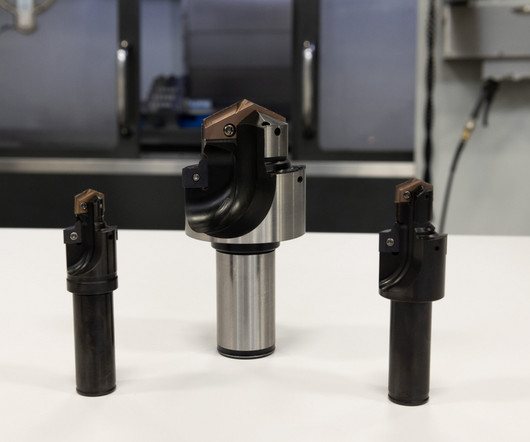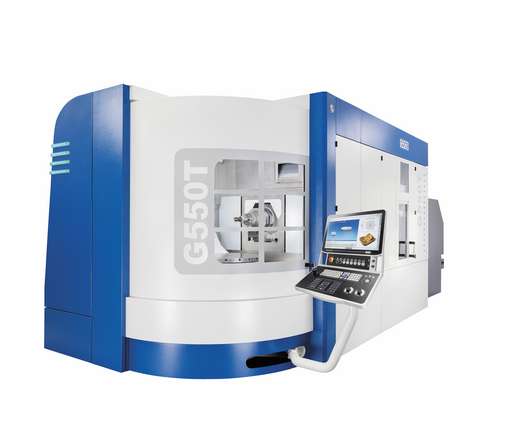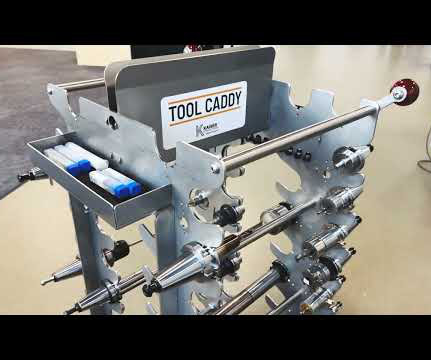Warpage Waylaid Via Simulation
Mold Making Technology
APRIL 20, 2025
At left, the original design with two gates that ultimately led to unacceptable warp; at right, the revamped design with a single gate that met spec. TransNav had one seat of Moldflow software at the time, but Hamilton never fully trusted it, and the company eventually stopped using it in-house. Back to the headache-inducing tool.

















Let's personalize your content